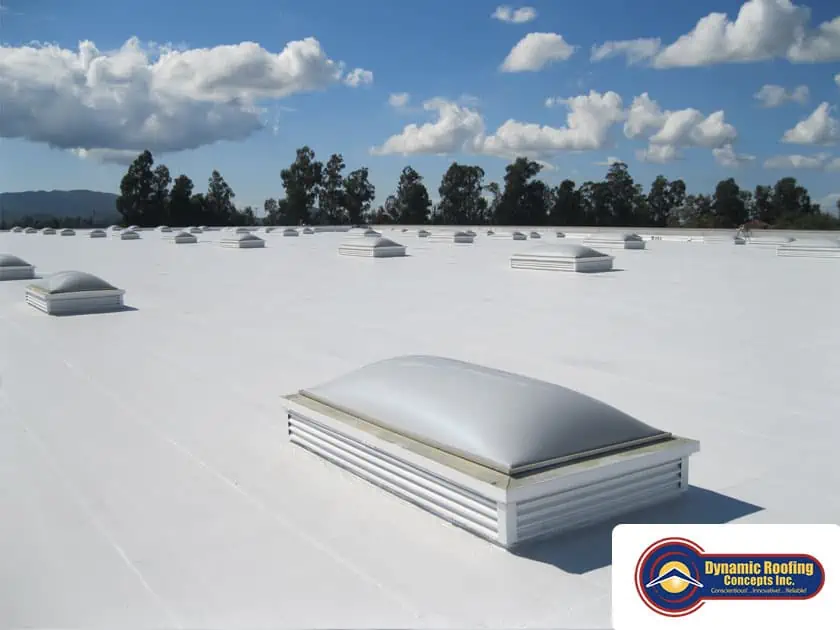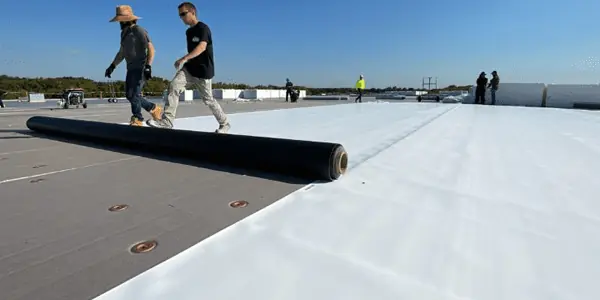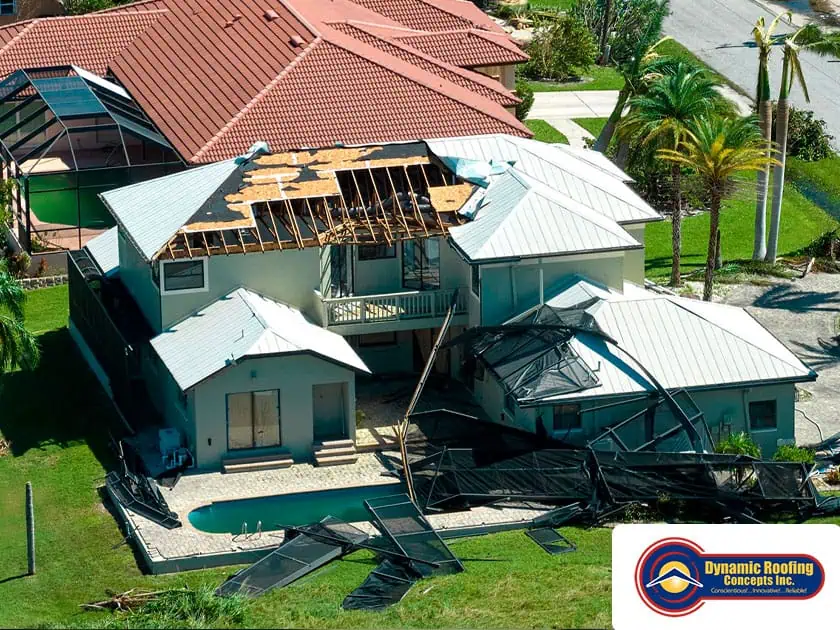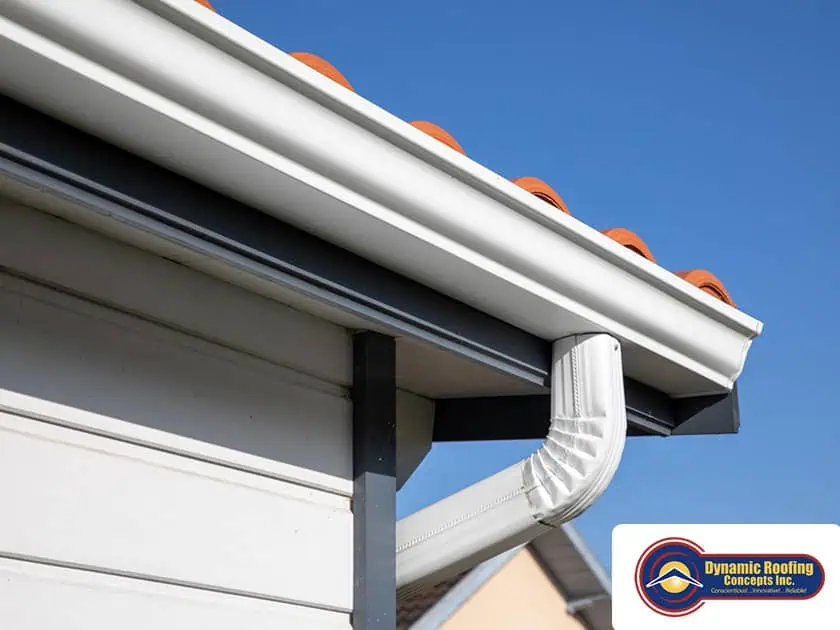

Share On:
If you're a homeowner or business owner exploring roofing options, you may have encountered the term TPO roofing. But what does TPO stand for in roofing, and why is it gaining recognition in the construction industry?
In this comprehensive guide, we'll take you on a journey through the world of TPO roofing, shedding light on the acronym, and uncovering the multitude of advantages it brings to your property. Whether you're entirely new to TPO roofing or simply curious, read on to discover why it's becoming a prominent player in the roofing market.
Introduction to TPO: Beyond the Acronym
TPO, or Thermoplastic Polyolefin, is a roofing material that's making significant strides in the world of construction. Unlike traditional roofing materials, TPO offers a unique set of attributes that make it a preferred choice for many property owners.
What sets TPO apart is its versatility, adaptability, and remarkable performance in a wide range of environmental conditions. It's a solution that caters to the ever-evolving needs of modern construction projects, making it a topic of interest for those looking for roofing options that go beyond the ordinary.
The Basics: Defining TPO Roofing
Now, let's delve deeper into the fundamentals of TPO roofing. TPO roofing is a single-ply roofing membrane celebrated for its durability, energy efficiency, and cost-effectiveness. As the name suggests, it's a thermoplastic material, which means it can be melted and reformed multiple times without losing its original properties. This characteristic makes it highly adaptable during installation, allowing for intricate designs and ensuring a snug fit on various roof types, including flat roofs.
Unpacking the Acronym
TPO stands for Thermoplastic Polyolefin. This roofing material is a blend of polypropylene and ethylene-propylene rubber, creating a robust and flexible option for various roofing needs. The polypropylene offers stability, while the ethylene-propylene rubber provides resistance to UV radiation, extreme temperatures, and environmental stressors. This combination results in a roofing solution that can withstand the test of time and the harshest weather conditions, making it particularly appealing for property owners seeking longevity in their roofing investment.
Origins and Development of TPO Roofing
TPO roofing didn't emerge as the advanced roofing solution we know today overnight. It has a fascinating history that showcases its evolution over time. Initially introduced in the 1980s, TPO roofing underwent several iterations, refining its formula and performance.
Innovations in materials and technology played a pivotal role in shaping TPO into the robust, energy-efficient, and environmentally friendly roofing solution it is today. Understanding this historical journey not only highlights its growth but also instills confidence in its reliability as a roofing material for the future.
Benefits and Applications of TPO Roofing
Now that we've introduced TPO and explored its origins, let's dive into the myriad benefits and applications of this remarkable roofing solution. TPO roofing offers numerous advantages that cater to both residential and commercial property owners.
Energy Efficiency and UV Resistance
One of the standout features of TPO roofs is their ability to reflect UV rays, reducing cooling costs and creating a more comfortable indoor environment. This energy efficiency not only contributes to lower utility bills but also lessens the environmental impact, making it an environmentally friendly choice. Moreover, this UV resistance ensures that the TPO roofing membrane maintains its color and integrity, enhancing its curb appeal over the long term.
Durability and Longevity
TPO roofs are known for their durability and resistance to various environmental factors, including wind uplift, chemical exposure, and heat. Thanks to their exceptional heat-welded seams, they remain intact even in extreme weather conditions. The result? A roofing solution that can easily surpass its expected lifespan, providing property owners with peace of mind and significant cost savings on roof maintenance and replacements.

TPO Roofing Installation and Maintenance: The Role of a Roofing Contractor
While TPO roofing offers many advantages, proper installation, and routine maintenance are crucial for maximizing its benefits. Here, we'll take a closer look at the vital role played by roofing contractors in ensuring the success of your TPO roofing project.
TPO Roof Installation Process
Professional installation is essential to ensure that your TPO roof performs at its best. The installation process involves meticulous preparation, including roof deck inspection and repair, followed by the installation of the TPO membrane. The use of hot air-welded seams guarantees a watertight and long-lasting seal. Choosing an experienced roofing contractor like us at Dynamic Roofing Concepts, Inc. ensures that every step of the installation is executed with precision, guaranteeing the best results for your property.
Importance of Routine Maintenance
Regular inspections and maintenance can extend the life of your TPO roof and prevent costly repairs down the road. Our team can provide the necessary upkeep to keep your roof in top shape. From checking for seam integrity and addressing any potential issues to ensuring proper drainage and cleaning, our experts are equipped to maintain the integrity and functionality of your TPO roofing system.
Choosing the Right Contractor: Why Expertise Matters
When it comes to TPO roofing, selecting the right contractor is paramount to ensure a successful project. Let's explore the factors that make expertise in TPO roofing installation essential.
Commercial Roofing Contractor Expertise
TPO roofing is often used in commercial facilities, particularly those with flat roofs and flat roofing systems. The unique requirements of commercial properties demand a deep understanding of TPO roofing and its compatibility with flat roof structures. Our team specializes in commercial roofing solutions, including TPO, and possesses the knowledge and experience needed to meet the specific needs of commercial property owners.
Credentials and Experience
When selecting a roofing contractor, consider their credentials and experience with TPO roofs. It's essential to choose a team with a proven track record in TPO roofing projects, giving you peace of mind throughout the process. Our extensive portfolio and satisfied clients speak to our dedication to delivering top-quality TPO roofing solutions.
TPO Roofing vs. Other Roofing Solutions
To make an informed decision, it's essential to understand how TPO roofing compares to other roofing solutions, including flat roofs and traditional flat roofing systems. Let's delve into the key differentiators and ideal use cases of TPO roofing in comparison to these alternatives.
Key Differentiators of TPO Roof
TPO roofing stands out from other options, including flat roofs and traditional flat roofing systems, due to its energy efficiency, durability, and cost-effectiveness. When comparing TPO membranes to flat roofing alternatives, they consistently offer superior performance in terms of UV resistance, heat reflectivity, and longevity. Additionally, its seamless installation and environmentally friendly attributes make it a standout choice for property owners seeking a roofing solution that excels in multiple areas.
Ideal Use Cases for TPO
Discovering the ideal use cases for TPO roofing, particularly in comparison to flat roofs and flat roofing systems, is crucial for making an informed decision. TPO's versatility shines in various property types and regions, including those with flat roofs, where its durability and energy efficiency complement the architectural design and environmental conditions. By understanding the strengths of TPO and its compatibility with different property profiles, you can confidently select the roofing solution that aligns with your unique needs.
The Future of Roofing with TPO
In conclusion, TPO membrane roofing has established itself as a leading roofing material, offering a combination of energy efficiency, durability, and cost-effectiveness. As the roofing industry continues to evolve, TPO's role is only expected to grow, providing property owners with a reliable and efficient roofing solution.
When you're ready to explore TPO roofing options for your property, contact us at 813-657-7663 for a free estimate. Trust us to deliver top-quality TPO roofing solutions that meet your specific requirements and elevate the protection and performance of your property.



